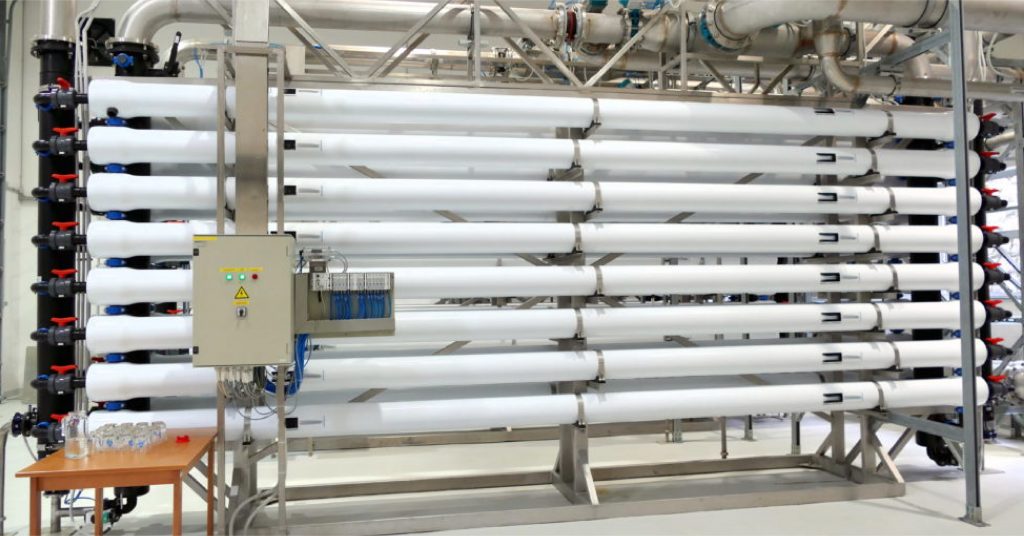Water scarcity is a pressing issue across the globe, and South Africa is no exception. With its dry climate and increasing population, the country faces significant challenges in ensuring access to clean and safe drinking water. According to recent statistics, over 50% of South Africa’s wastewater treatment plants are in poor condition, contributing to water pollution and scarcity. Amidst this crisis, membrane filtration emerges as a ray of hope, offering sustainable solutions for water treatment.
In this blog, we delve into the role of membrane filtration in addressing South Africa’s water challenges and explore best practices for its implementation.
Government Initiatives on Water Treatment in South Africa
In response to these challenges, the South African government has implemented various initiatives to improve water treatment infrastructure and enhance access to clean water. One such initiative is the National Water Resource Strategy, which aims to ensure sustainable water use and management across the country. Additionally, the Department of Water and Sanitation works tirelessly to monitor water quality and enforce regulations to safeguard public health.
Ion Exchange’s Cutting-Edge Membranes
Ion Exchange’s HYDRAMEM stands at the peak of membrane technology, offering high-performance solutions for various applications. These membranes, including Reverse Osmosis (RO), Nano Filtration (NF), and Ultra Filtration (UF), are crafted with thorough attention to quality and decades of expertise, making them the go-to choice for industrial, institutional, and domestic needs.
With a legacy spanning over six decades in water and wastewater management, Ion Exchange stands as a pioneer in membrane filtration, particularly in regions like South Africa. The state-of-the-art facilities where HYDRAMEM membranes are manufactured demonstrate the latest advancements in membrane technology. Rigorous quality assurance measures ensure the unwavering quality of these membranes, strengthening their position as the preferred choice worldwide across various sectors.
HYDRAMEM REVERSE OSMOSIS (RO) Membrane
The HYDRAMEM RO Membranes consist of a cross-linked, fully aromatic polyamide (thin film) composite and are available in four main categories: low-pressure, brackish water, foul-resistant membranes, and seawater elements.
ULTRA FILTRATION (UF)
Hydramem Ultrafiltration Modules use hollow fiber membranes engineered to treat diverse water sources such as brackish water (ground, river, and surface), municipal waste, industrial effluents, and seawater for both potable and process applications. These advanced membrane modules, available in Modified PES fibers (Into Out) and PVDF fibers (Out to In) configurations, feature a cutting-edge design with a Molecular Weight Cut-Off (MWCO) of 100,000 Daltons (100 KD), optimizing energy usage while consistently delivering permeate quality with SDI < 3.
NANOFILTRATION (NF)
HYDRAMEM Cross-Linked Fully Aromatic Polyamide (Thin Film) Composite Nano Filtration Elements (NFE) are tailored for industrial use, featuring a robust hard outer shell for enhanced stability against temperature and pH variations. These elements offer superior rejection rates for bivalent ions, making them ideal for applications such as brackish water softening, dye desalting, textile brine treatment, and chemical salt recoveries.
Future of Membrane Filtration in South African Water Treatment
As South Africa continues to face water scarcity and pollution challenges, the future of membrane filtration in water treatment looks promising. Membrane filtration offers a sustainable and cost-effective solution for removing contaminants from water, making it suitable for various applications. By implementing best practices in membrane filtration for wastewater treatment, South Africa can improve water quality, conserve precious freshwater resources, and mitigate the impacts of water scarcity.
Get in touch with our water treatment experts in South Africa to learn more.


